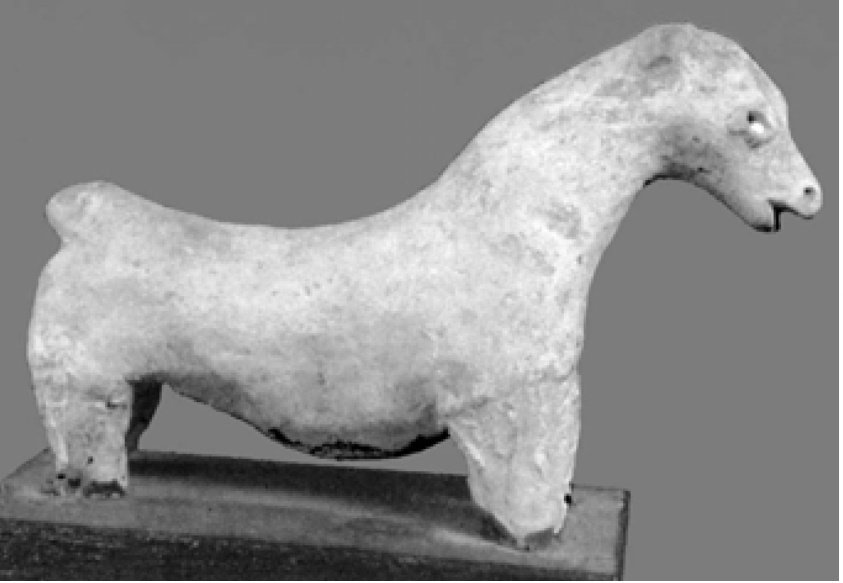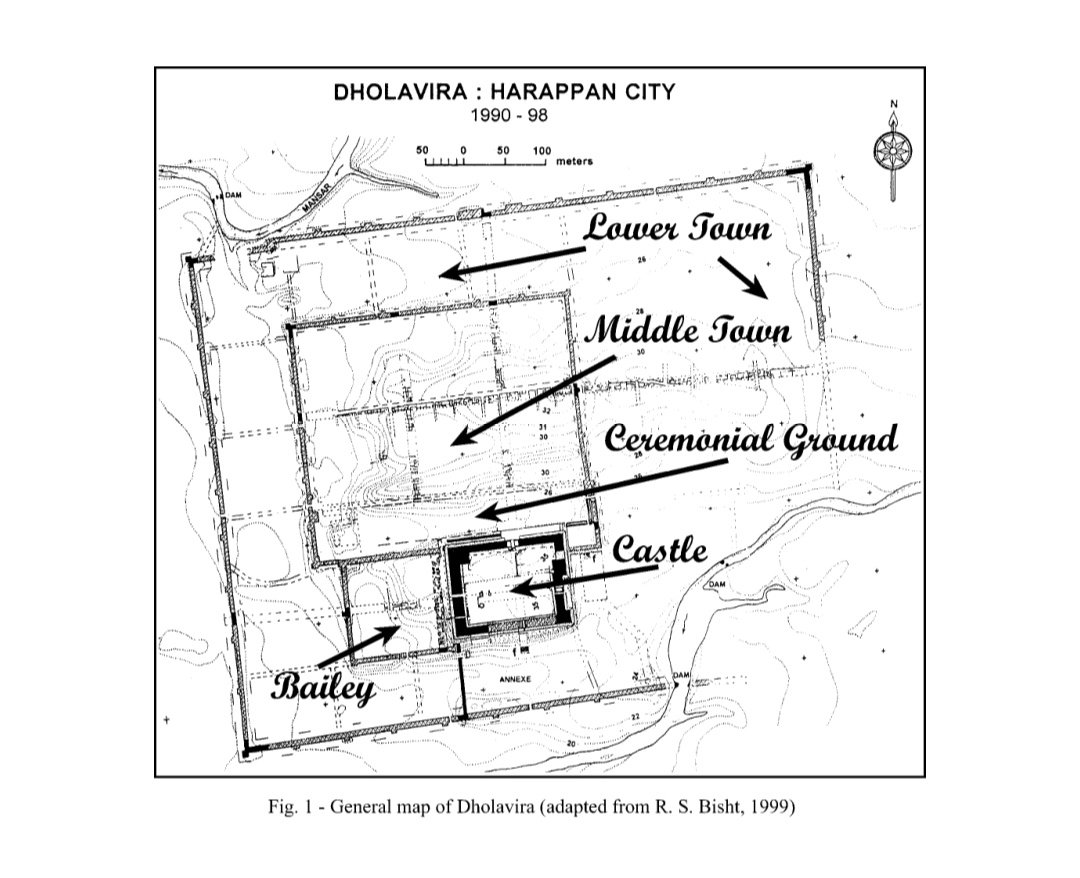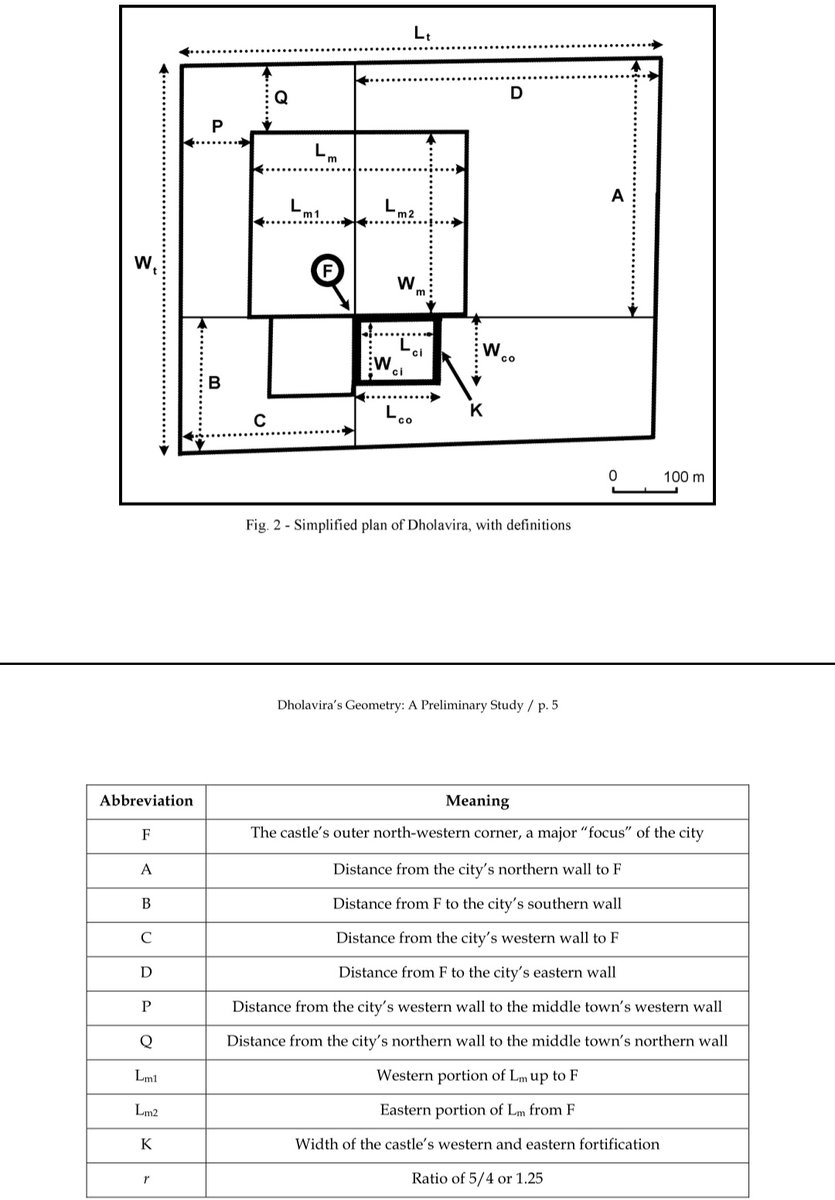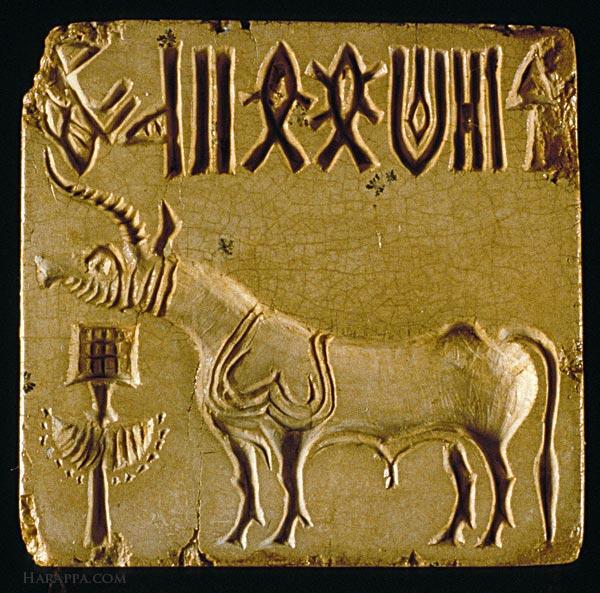
The Horse, Charriots, spokes & Aryan Debate
[Thread]
[Thread]
The old argument of AMTians that so-called horse remains invariably belong to species of wild ass such as the onager (Equus hemionus onager), the khur (Equus hemionus khur), or the plain ass (Equus asinus) is unacceptable
firstly because it is sweeping in nature and produces little or no evidence, secondly because in several cases, experts have simultaneously reported remains of the wild ass from the very same sites, which implies some ability to distinguish between those species.
Another frequent and sweeping objection is that the dates of the disputed horse remains are not firmly established and might be much more recent. But Jagat Pati Joshi’s excavation report, for instance, makes it clear that,
"At Surkotada from all the three periods quite a good number of bones of horse (Equus Caballus Linn) ... have been recovered. The parts recovered are very distinctive bones: first, second and third phalanges and few vertebrae fragments"
The first of Surkotada’s “three periods” coincides with the mature stage of the Harappan civilization which rules out the possibility of the horse having been introduced by Aryans around 1500 BCE
Moreover, we have the case of Mahagara (near Allahabad), where horse bones were not only identified by G. R. Sharma et al., but “six sample absolute carbon 14 tests have given dates ranging from 2265 B.C.E. to 1480 B.C.E
The case of Hallur, mentioned by A.
Ghosh, is even more striking: the excavation (in the late 1960s) brought the out horse remains that were dated between 1500 and 1300 BCE.
Ghosh, is even more striking: the excavation (in the late 1960s) brought the out horse remains that were dated between 1500 and 1300 BCE.
S. P. Gupta offers a sensible reply to the further objection that horse remains, if at all they are accepted, rarely account for more than 2% of the total animal remains at any site. Pointing out that the same holds true of the camel and elephant (animals present in IVC)
he explains that this low proportion is “simply because these animals are not likely to have been as regularly eaten as cattle, sheep and goats as well as fish whose bones are abundantly found at all Indus-Saraswati settlements.”
All in all, the case for the horse’s physical presence in the Indus-Sarasvati civilization is quite overwhelming, and is bound to be further strengthened by evidence yet to come out of thousands of unexplored sites
Archaeologist A. K.
Sharma’s conclusion, in a paper that surveyed the “horse evidence” and his own experiences in this regard, is worth quoting:
Sharma’s conclusion, in a paper that surveyed the “horse evidence” and his own experiences in this regard, is worth quoting:
"It is really strange that no notice was taken by archaeologists of these vital findings, and the oft-repeated theory that the true domsticated horse was not known to the Harappans continued to be harped upon, coolly ignoring these findings to help our so-called vetran historians
and archaeologists of Wheeler’s generation to formulate and propagate their theory of ‘Aryan invasion of India on horse-back’"
Regardless of the issue of physical remains, invasionists have persisted, understandably so, in stressing the nagging non-depiction of the horse on Indus seals
However, S. P. Gupta points out that the camel, “wolf, cat, deer, Nilgai, fowl, jackal are rarely or never found in [Harappan] art but their presence has been attested by bones.
We can add the camel and the lion, which were certainly present in some regions of the Harappan civilization yet were never depicted. The scholar K. D. Sethna pertinently asks, “As there are no depictions of the cow, in contrast to the pictures of the bull, which are abundant,
should we conclude that Harappa and Mohenjo-daro had only bulls?”
A horse figurine did emerge at Mohenjo-daro , which drew the following comment from E. J. H. Mackay, one of the early excavators at the site: Wheeler himself accepted it as such 

Another figurine was reported by Stuart Piggot from Periano Ghundai, and several at Lothal, some of them with a fairly clear evocation of the horse 



The horse also appears on some pottery, for instance at pre-Harappan levels of Kunal (Haryana), among other animals, according to the excavator R. S. Bisht et al.
Another figurine was found at Balu, with what looks like a saddle
Another figurine was found at Balu, with what looks like a saddle
Dhavalikar, quoted above, mentioned “a terracotta figurine of a mare” in the Chambal valley. Finally, the horse is depicted in rock art (for instance at Bhimbetka or Morhana Pahar in the Narmada valley),but unfortunately, we have very few absolute dates for rock art in India
It is not just the horse that invasionist scholars sought to erase from pre- 1500 BC India: they also asserted that the spoked wheel came to India only with the Aryans,
"The first appearance of [the invading Aryans’] thundering chariots must have stricken the local population with a terror ..." writes Michael Witzel in a grandiloquent echo of nineteenth-century racial theories.
a few terracotta wheels from Banawali and Rakhigarhi where the spokes are clearly visible in relief or painted. More such wheels have been found at Kuntasi Lothal, and Bhirrana (in Haryana). 

Raw evidence apart, the appearance of the horse in the Indian subcontinent is, in reality, a complex issue, and by treating it crudely, the conventional theory suffers from serious methodological flaws. Let us briefly highlight a few of them.
The invasionist school posits that the horse was introduced into India by the “Aryans” around 1500 BC. One would therefore expect a marked increase in remains and depictions of the animal after that fateful event (or non-event)
Yet — and this is one of the best kept secrets of Indian prehistory — nothing of the sort happens. Looking only at the early historical layers, Taxila, Hastinapur or Atranjikhera (Uttar Pradesh) have indeed yielded bones of both the true horse and the domestic ass
strangely, the distinction between the two is no longer disputed here!), but at other sites, such as Nashik, Nagda (Madhya Pradesh), Sarnath, Arikamedu (Tamil Nadu), Brahmagiri (Karnataka), Nagarjunakonda (Andhra Pradesh), no remains of either animal have turned up.
There are also sites like Jaugada (Orissa) or Maski (Karnataka) where the ass has been found, but not the horse.
Finally, data available from sites that do come up with horse remains show no significant increase in the overall percentage of horse bones or teeth compared to Harappan sites such as Surkotada.
If, therefore, the low amount of evidence for the horse in the Indus- Sarasvati civilization is taken as proof that that civilization is pre-Vedic, we must extend the same logic to the whole of pre-Mauryan India! It is clear that the horse was as rare or as common an animal
Before and after 1500 BC — “rare” is probably the correct statement for both.
As regards “post-invasion” depictions of the horse, they are also no more frequent than in Harappan sites: barring a few figurines at Pirak, Hastinapura and Atranjikhera, we find no striking representations of the animal, while we
would have expected the aggressive “Aryans” to pay rich tributes to their instrument of conquest, which, invasionists tell us, the Rig-Veda glorifies so much.
And yet, “the first deliberate and conscious attempt of shaping a horse in durable material like stone was witnessed in the art of the Mauryas in India,” writes historian T. K. Biswas.
Another historian, Jayanti Rath, commenting on the animals depicted on early Indian coins, remarks: “The animal world of the punch-marked coins consists of elephant, bull, lion. dog, cat, deer, camel, rhinoceros, rabbit, frog, fish, turtle, ghariyal (fish eater crocodile),
Scorpion & snake,
Among the birds, peacock is very popular. The lion and horse symbols appear to have acquired greater popularity in 3 rd century B.C
Among the birds, peacock is very popular. The lion and horse symbols appear to have acquired greater popularity in 3 rd century B.C
All in all, an eerie equine silence pervades pre-Mauryan India. It helps to take a look at a few regions outside India.
In contemporary Bactria, for instance, the horse is well documented through depictions in grave goods, yet no horse bones have been found.
• • •
Missing some Tweet in this thread? You can try to
force a refresh







